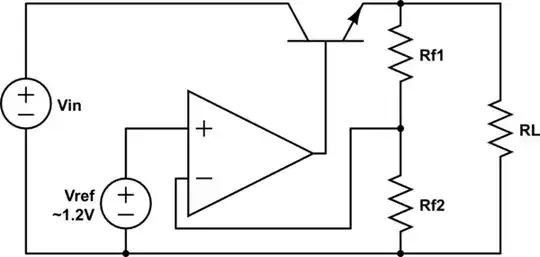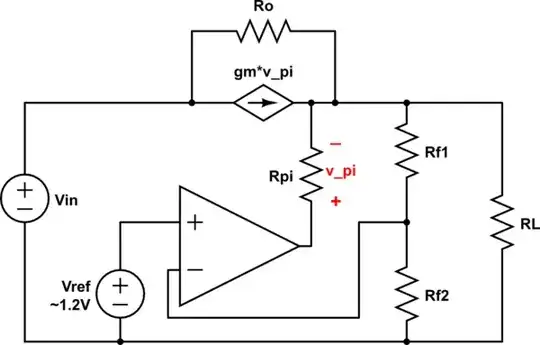My question is about **linear circuits** which has non-linear elements.
When I read about Thevenin's theorem, all explanations say that it is basically about representing a linear circuit as a voltage source and an output impedance. And right after they give many examples about how to thevenize a circuit and obtain a Thevenin voltage and Thevenin resistance(output impedance).
In all of their examples the circuits are composed of the combinations of resistors, capacitors, inductors, current and voltage sources. I haven't seen a single example where they use a non-linear element like a transistor or diode in those examples.
"Linear Power Supply are called linear because semiconductor devices are operated in the linear mode unlike switch mode power supply where semiconductor devices are operated in the switch mode i.e. either on or off."
So imagine a power supply SMPS or linear supply. Is the output impedance of a power supply thevenin resistance? If so does that mean that a power supply is a linear circuit/system? And even if it is linear as whole system/circuit, it includes many non-linear elements. Does thevenizing techniques apply to a h-parameter model of non-linear elements for example?
Imagine we have the circuit diagram of an SMPS or linear power supply. Can we thevenize this circuit such that we can employ Thevenin's tricks and find the Thevenin voltage and resistance(output impedance)?

